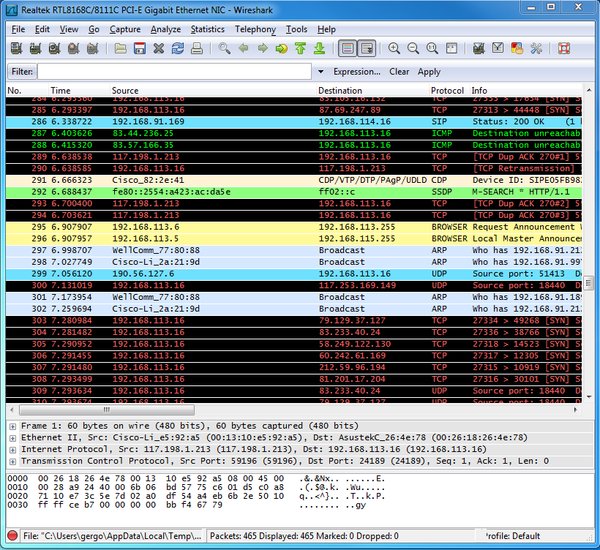


Run a repository synchronization or a consistency check plan.Here is a non-exhaustive list of actions that can be performed after starting the capture to collect the necessary information for troubleshooting: You can learn more capture output options here: The capture files can get large, so it is possible to limit the output under Capture > Options > Output. To collect the information for the support team, please start the capture, reproduce the issue/error and save the capture file:.You can choose a different network interface to capture under Capture > Options. If the capture log is empty, please make sure that you’ve selected the correct network interface.You can stop the capture after confirming that it’s working fine and capturing the packets:.Select the network interface to capture after installing and starting the tool:.Download the Wireshark tool from the official website.Sometimes it might be necessary to troubleshoot the machine’s connection to the storage using 3rd party tools such as Wireshark if the diagnostic logs from the backup software do not contain enough information to find the source of a connection issue. To do this, click View > Name Resolution and select “Resolve Network Addresses.Collecting Traffic Logs Using Wireshark Software Situation The details of the highlighted packet are displayed in the two lower panes in the Wireshark interface.Ī simple way to make reading the trace easier is to have Wireshark provide meaningful names for the source and destination IP addresses of the packets. The packets are presented in time order, and color coded according to the protocol of the packet. If Wireshark isn’t capturing packets, this icon will be gray.Ĭlicking the red square icon will stop the data capture so you can analyze the packets captured in the trace.

This gives you the opportunity to save or discard the captured packets, and restart the trace.


 0 kommentar(er)
0 kommentar(er)
